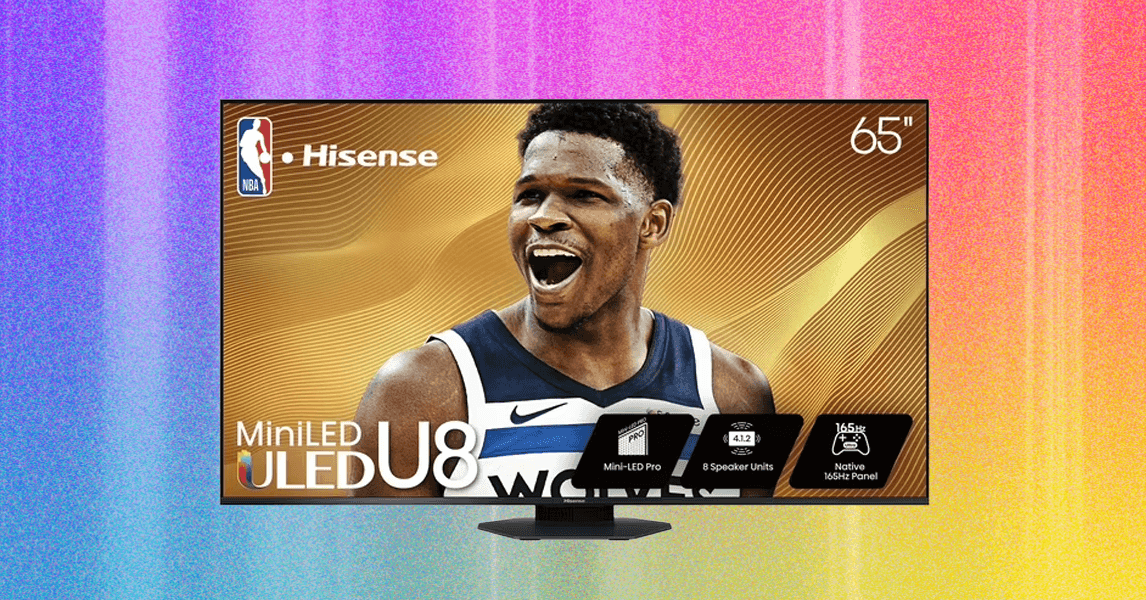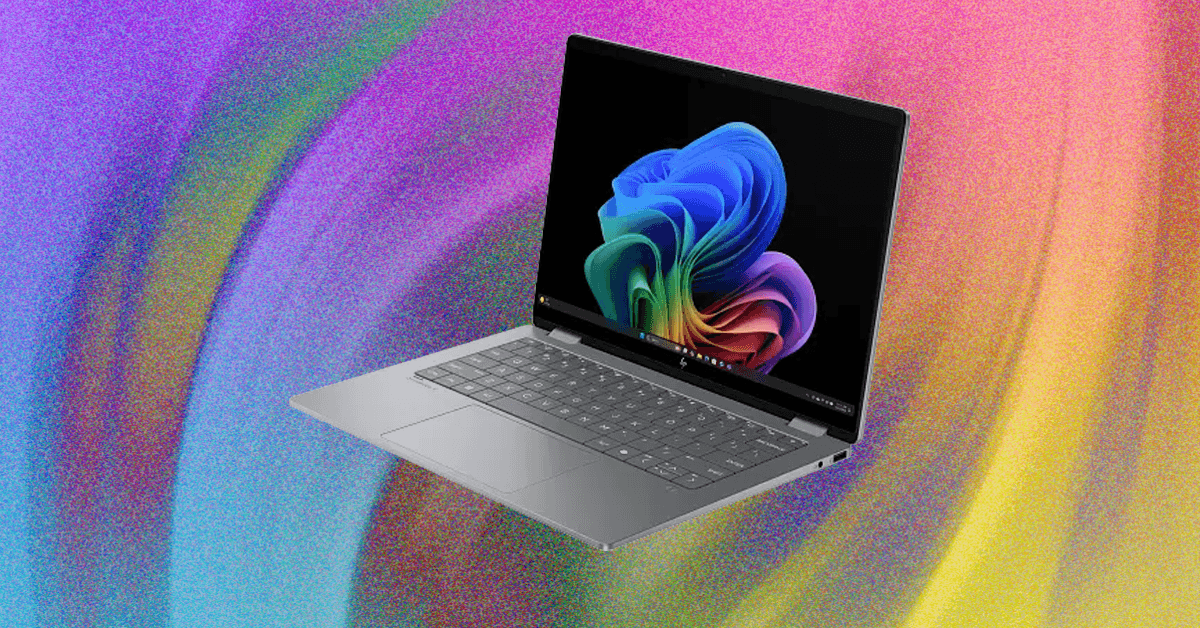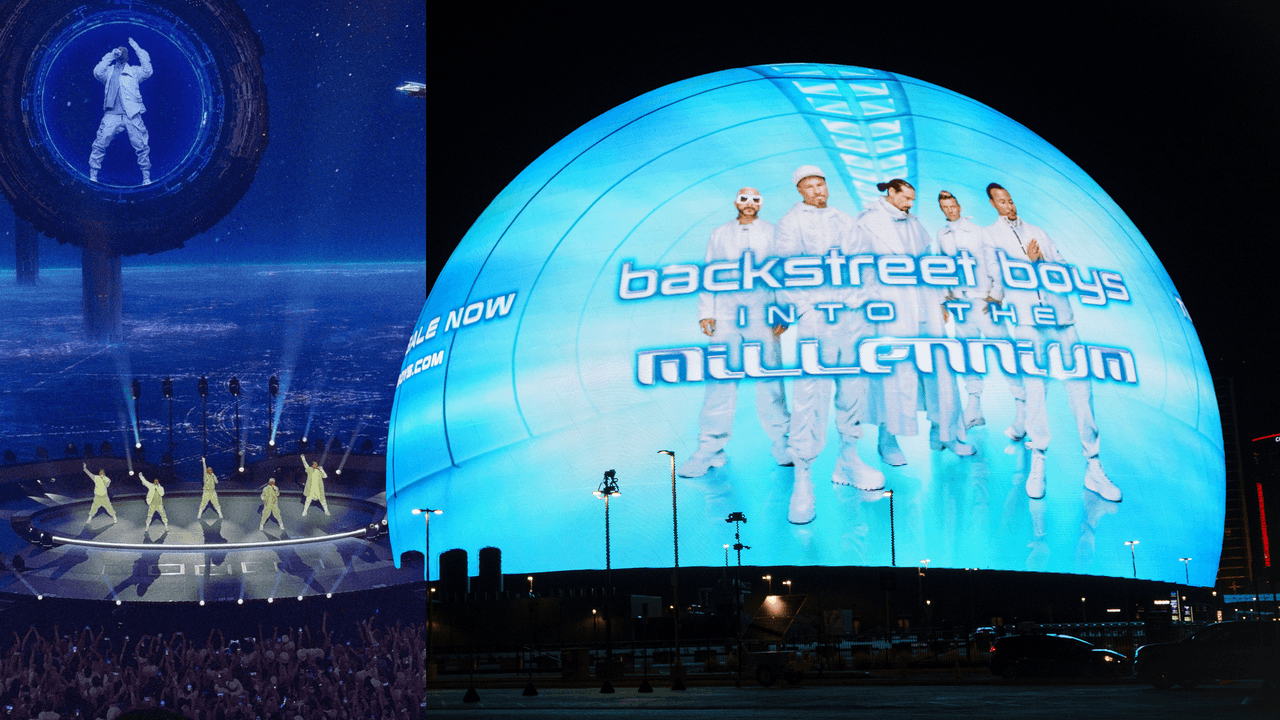Blog
Hisense U8QG TV Review: Beautifully Bright, Tough to Tame

Of course, last year’s U8N was similarly potent, within the visual margin of error for most folks. It’s no small feat to push the brightness even further, but I would’ve preferred Hisense focus instead on some of the U8’s hang-ups, like poor off-axis viewing, a common issue with LED TVs, or its penchant for oversaturating reds.
That extra red tint was particularly noticeable in HD shows like Breaking Bad (yes, I’m rewatching for a third time) with the Warm1 color temperature, while Warm2 looked too cool. In one scene from Season 2, Jesse’s nuckles look positively painted red as he plays with a beetle. In another, a certain someone is looking for a funeral dress, pulling out a “blue” one that looks unequivocally violet on the U8QG—but proper blue (with some purple tint) on my LG C1 OLED.
The TV’s tendency to flatten shadow details is less of an issue, thanks to its mostly solid reflection handling and the ability to pep up dark areas with Peak Brightness or settings like Dark Detail. Scenes like the dark depths of Mandalor from The Mandalorian or the torturous hilltop shot from Harry Potter and the Deathly Hallows proved easy to zip up even in challenging environments.
Photograph: Ryan Waniata
The U8 also seems to have stepped up its picture processing this year. Image clarity can be hard to quantify, but the TV does a good job rendering sharp 4K images and upscaling HD video, while mostly minimizing moiré, the sort of glittering effect on fine patterns that can be a problem with budget-forward TVs. You’ll find solid motion response, especially with a touch of motion smoothing, and decent screen uniformity, too. My review model revealed only minor blotches in challenging test patterns and moving skylines.
Perhaps the U8QG’s biggest brag is that there just aren’t a lot of TVs that perform this well in its price tier, in multiple sizes (though performance between sizes will vary). TCL’s rival QM8, currently in our testing rooms, usually costs more, and prices go up from there for anything close to this level of brightness from premium brands, like Sony’s incredible Bravia 9 (9/10, WIRED Recommends). That could make the U8QG the default TV for brightness lovers on a budget, especially once the U8N is gone.
As usual, it all depends when you buy. Until recently, a 65-inch U8QG cost $1,500, on par with the QM8K and bougier OLED models from last year like the LG C4 (9/10, WIRED Recommends). The C4 is no nuclear titan, but it provides much better accuracy, clarity, off-axis performance, etc. At $1,000 or less, the U8QG is a lot friendlier, and well worth considering for those after eye-blasting brightness.












